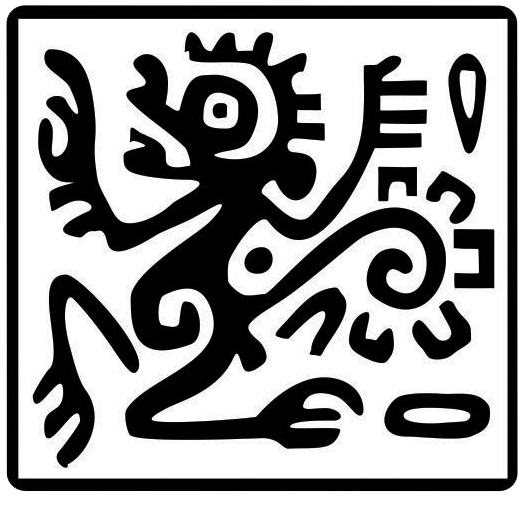An urban and Sonoran Desert bat: the most northwestern record of Glossophaga mutica
Abstract
The Palla´s long-tongued bat Glossophaga mutica (Merriam, 1898) is one of the most generalist species of the subfamily Glossophaginae. Glossophaga mutica is common in tropical areas, but in the Sonoran Desert is a rare species that faces threats such as land-use change and disturbance in their roosts. To understand the urban species in Hermosillo, a city in the Sonoran Desert, we placed 2 mist nests in the Santa Martha Cave. The roost is located on Cerro La Cementera and is less than 120 m from the nearest avenue and less than 400 m in a straight line to a commercial mall. Also, to define the edge north of its range, we confirm the localities, identify incorrect georeferenced records, and identification of available preserved specimens. We describe the first record of 2 pregnant females of G. mutica in the urban area of Hermosillo, Sonora. We confirm that our record is the most northwestern of its range and increases its northern distribution by 125 km from the nearest historical record. Santa Martha Cave also has hundreds of Macrotus californicus. The site where we show the new record is concurred by people who go hiking and the roost faces human disturbance. Defining the northwestern limits of G. mutica range is crucial because conservation strategies are focused on core populations, but edge populations provide valuable conservation opportunities.
Copyright (c) 2024 Therya Notes

This work is licensed under a Creative Commons Attribution-NonCommercial-NoDerivatives 4.0 International License.
THERYA NOTES is based on its open access policy allowing free download of the complete contents of the magazine in digital format. It also authorizes the author to place the article in the format published by the magazine on your personal website, or in an open access repository, distribute copies of the article published in electronic or printed format that the author deems appropriate, and reuse part or whole article in own articles or future books, giving the corresponding credits. The Creative Commons CC BY-NC-SD license is used.![]()









